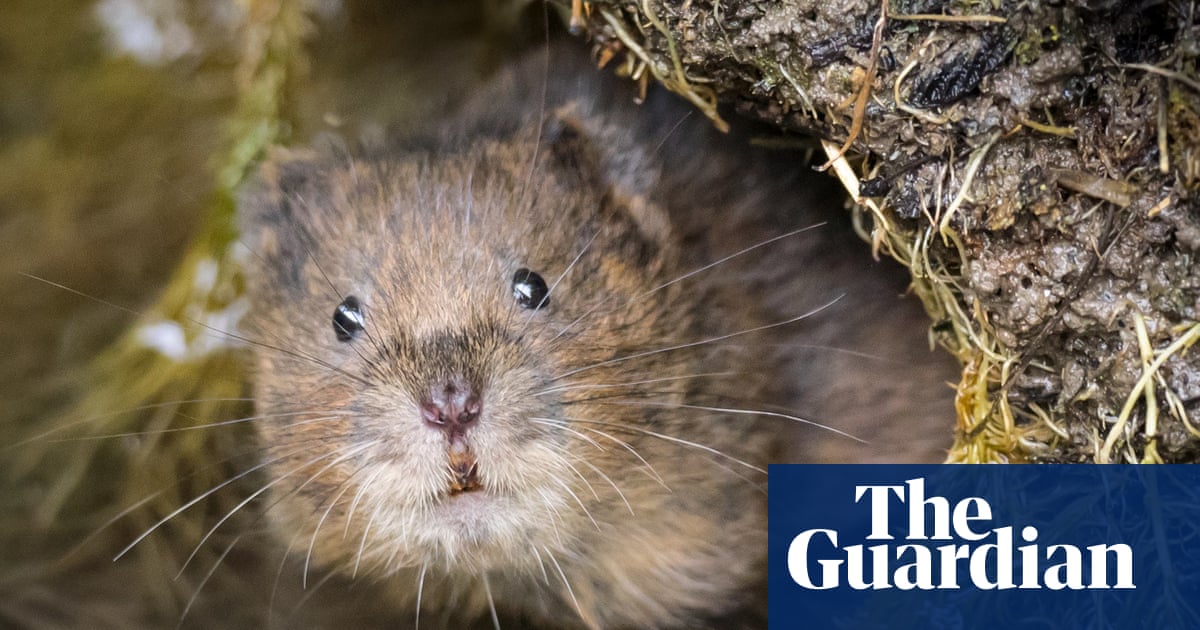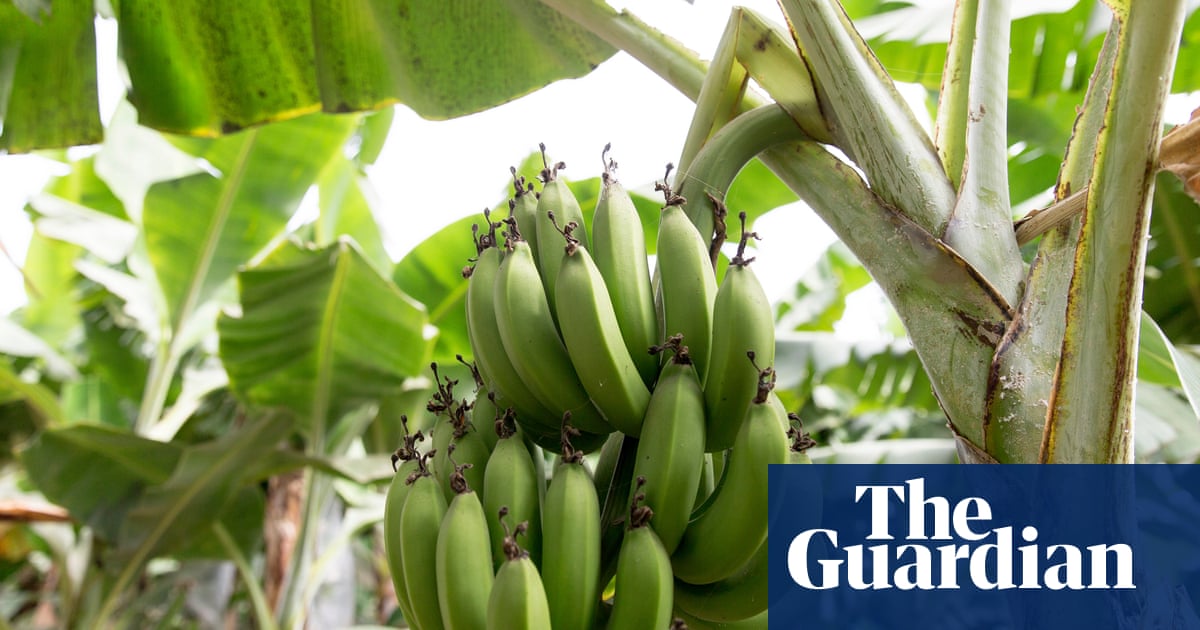Less than 1% of the government’s biosecurity budget goes on tackling invasive species, despite the danger they pose to British wildlife, figures suggest.
Conservationists warned the funding to address non-native plants and animals was failing to match the risk they posed to “cherished” native species, from water voles to ladybirds, as well as to waterways, homes, businesses and local green spaces.
They have called for more resources for border checks to stop non-native species arriving here, and funding for local groups to tackle the problem on the ground.
A freedom of information request to the Animal and Plant Health Agency (APHA) by Wildlife and Countryside Link (WCL) shows only £2.47m of the estimated £250m biosecurity budget was spent on invasive species.
Of that figure, only £250,000 was being channelled to local groups tackling non-native species – such as the rhododendrons and giant blackberries that are strangling woodlands and grasslands – conservationists said.
The figures also showed £22.7m of the wider biodiversity budget – about 3% of the spend on protecting important habitats and species – was put towards stopping all invasive species, including Asian, or yellow-legged, hornets, WCL said.
The conservationists said the hornets, which pose a threat to honeybees and other insects, bucked the trend of low funding, with more than £2.2m spent solely on fighting them, while just under £500,000 was spent in the same period on local action for wider invasive species.
Research found that efforts in the UK have delayed the hornets’ establishment, whereas the insects have already taken hold in many other countries. However, WCL warned the hornet was likely to establish here at some point, showing the need for greater border check powers and resourcing to stop these species arriving in the UK in the first place.
after newsletter promotion
The wildlife experts said invasive species played a major role in more than 60% of extinctions worldwide. Examples in the UK included water voles being preyed on by non-native mink, as well as red squirrels facing competition and disease spread by their grey cousins.
Lisa Manning, policy officer at WCL, said invasive species were “one of the biggest risks” to cherished species, adding they “wreak havoc” on waterways while damaging businesses, homes and local green spaces.
She warned: “We need more border check powers and resources to prevent new harmful species arriving.
“And more funding is needed to fight invasive species that have already arrived, so local groups can stop struggling on an annual basis and take the long-term action needed for nature.”
A Department for Environment, Food and Rural Affairs spokesperson said: “This government will never waver in its duty to protect the UK’s biosecurity.
“That’s why we are bolstering our national biosecurity with a £208m investment to set up a National Biosecurity Centre and, just last week, announced £10m of funding for cutting-edge surveillance projects to detect the spread of diseases and non-native species.”
An APHA spokesperson said: “Our teams work hard to tackle the threat of invasive non-native species, which cost the GB economy nearly £2bn a year, and help deliver a seamless border that maintains frictionless trade while protecting biosecurity.
“Members of the public who encounter invasive non-native species should report them, following instructions on the Non-Native Species Secretariat website.”










